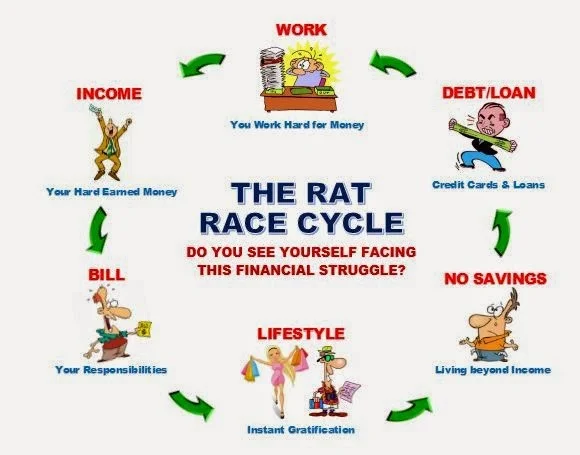
Introduction
You’ve reached the definitive resource on equity mutual funds. We recognize that you want the best data and approaches to manage your investments so that your returns are maximized. In-depth discussion of equity mutual funds will be covered in this extensive guide, along with information on what they are, how they operate, and most importantly, how to use them to achieve exceptional financial growth.
What Are Equity Mutual Funds?
Equity mutual funds are financial instruments that collect funds from a number of investors and invest them in a variety of stocks. They are made for people who want to build long-term wealth through the stock market. Let’s look at the main characteristics of equity mutual funds:
- Diversification to Reduce Risk
Equity Mutual Funds’ key strategy includes diversification. They spread the risk associated with holding individual stocks by making investments in a variety of stocks. This implies that the overall impact of one underperforming stock on your investment is minimized. - Dedicated Fund Management
The fact that equity mutual funds are managed by seasoned investment experts is one of their main benefits. These fund managers base their decisions on thorough research and market analysis when deciding which stocks to buy or sell. - Flexibility and Liquidity
In contrast to direct stock investments, equity mutual funds provide high liquidity. The simplicity of buying and selling fund units gives you the freedom to change your investment portfolio as necessary.
How Do Equity Mutual Funds Work?
Making wise investment decisions requires having a solid understanding of how equity mutual funds operate. Here is a brief description:
- Investor Contributions: Your money is combined with funds from other investors when you invest in an equity mutual fund.
- Portfolio Diversification: Using this money, the fund manager purchases a diversified portfolio of stocks, distributing the risk among various businesses and industries.
- Unit Allocation: You are given a specific number of units in the fund in exchange for your investment.
- Net Asset Value (NAV): The Net Asset Value, which is calculated daily based on the performance of the fund, establishes the value of each unit.
- Market Performance: The value of the fund’s units fluctuates in line with changes in the stock market. Your investment increases as the value of the fund’s assets rises.
- Dividends and Capital Gains: Your investment may generate dividends and capital gains, which will increase your returns.
Benefits of Investing in Equity Mutual Funds
- Professional Management: To maximize your returns, knowledgeable fund managers make investment decisions on your behalf.
- Diversification: Distribute your risk among several stocks to lessen the impact of market gyrations.
- Liquidity: Take advantage of the freedom to buy and sell units as needed.
- Tax Benefits: Some equity mutual funds provide tax benefits, making them an investment that is tax-efficient.
Common Types of Equity Mutual Funds
Equity mutual funds come in a variety of forms, each with a unique approach to investing:
- Large-Cap Funds: These funds focus their investments on established, sizable corporations and provide security and moderate returns.
- Mid-Cap Funds: These funds concentrate on medium-sized businesses with the potential for rapid growth.
- Small-Cap Funds: Small-cap funds make investments in emerging, small businesses with high growth potential.
- Sectoral Funds: These funds focus on particular industries, such as technology, healthcare, or finance.
- Thematic Funds: Thematic funds make investments in businesses with a specific focus, such as sustainability or emerging markets.
Conclusion
Equity mutual funds are effective tools for long-term wealth accumulation, to sum up. Both inexperienced and experienced investors will find them to be an appealing option due to their professional management, diversification, and flexibility. Equity Mutual Funds provide a practical means of achieving your financial objectives, whether you’re saving for retirement, making a significant purchase, or just seeking long-term financial security.
FOR MORE INFO CLICK THIS SITE:https://learningsharks.in/
FOLLOW OUR PAGE:https://www.instagram.com/learningsharks/?hl=en









